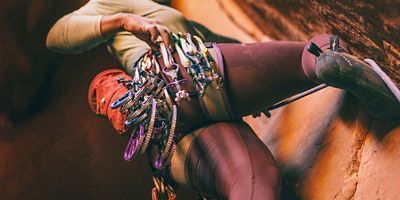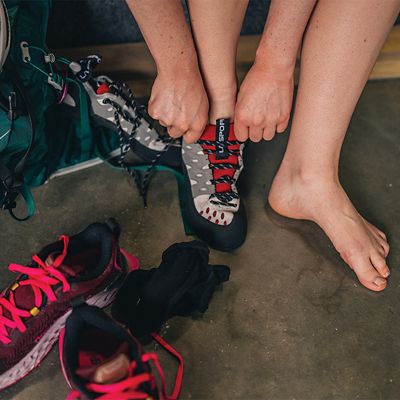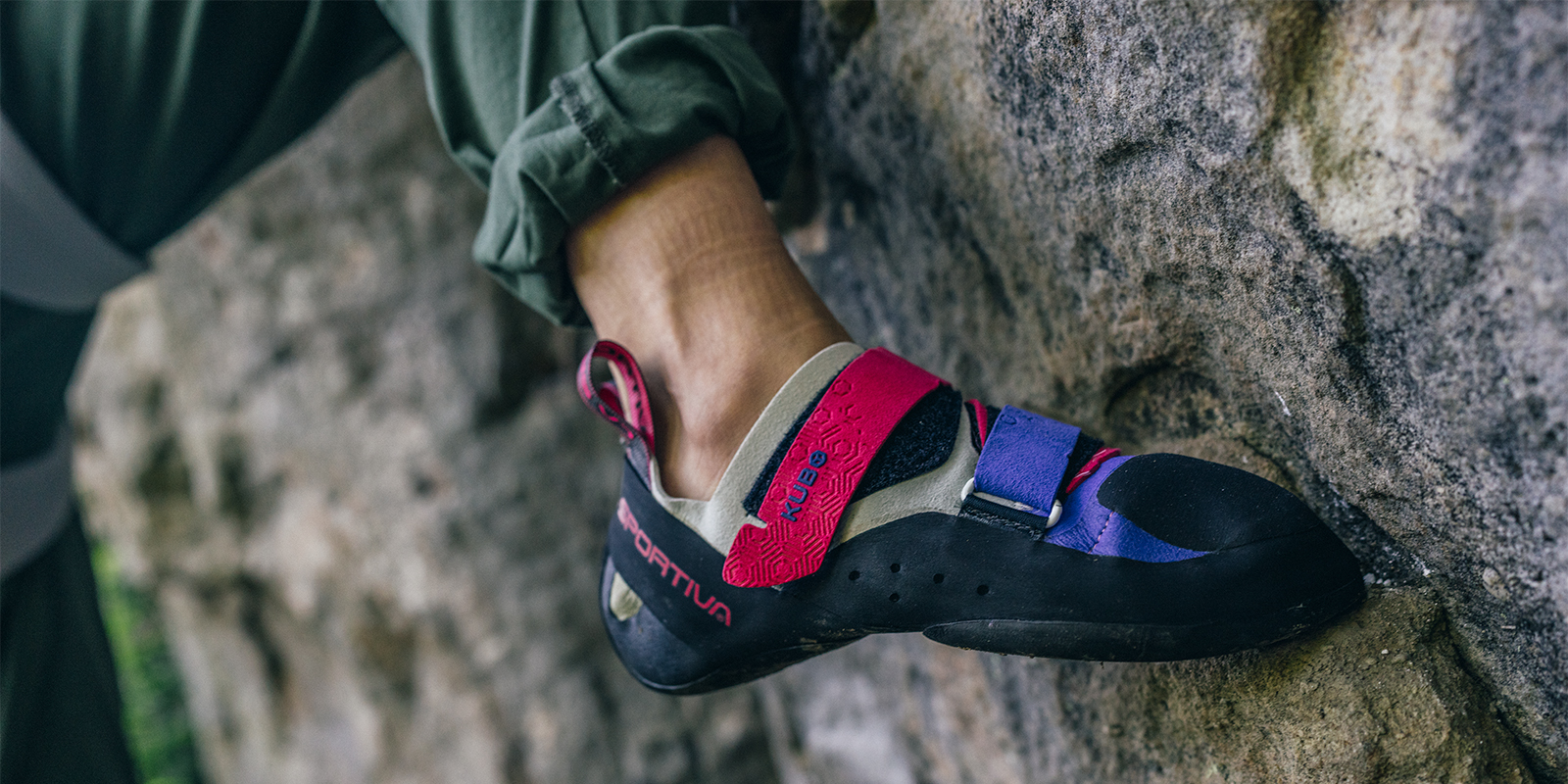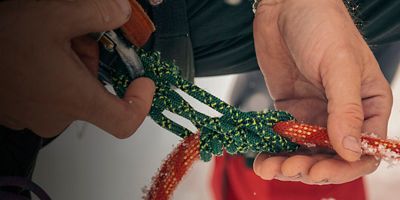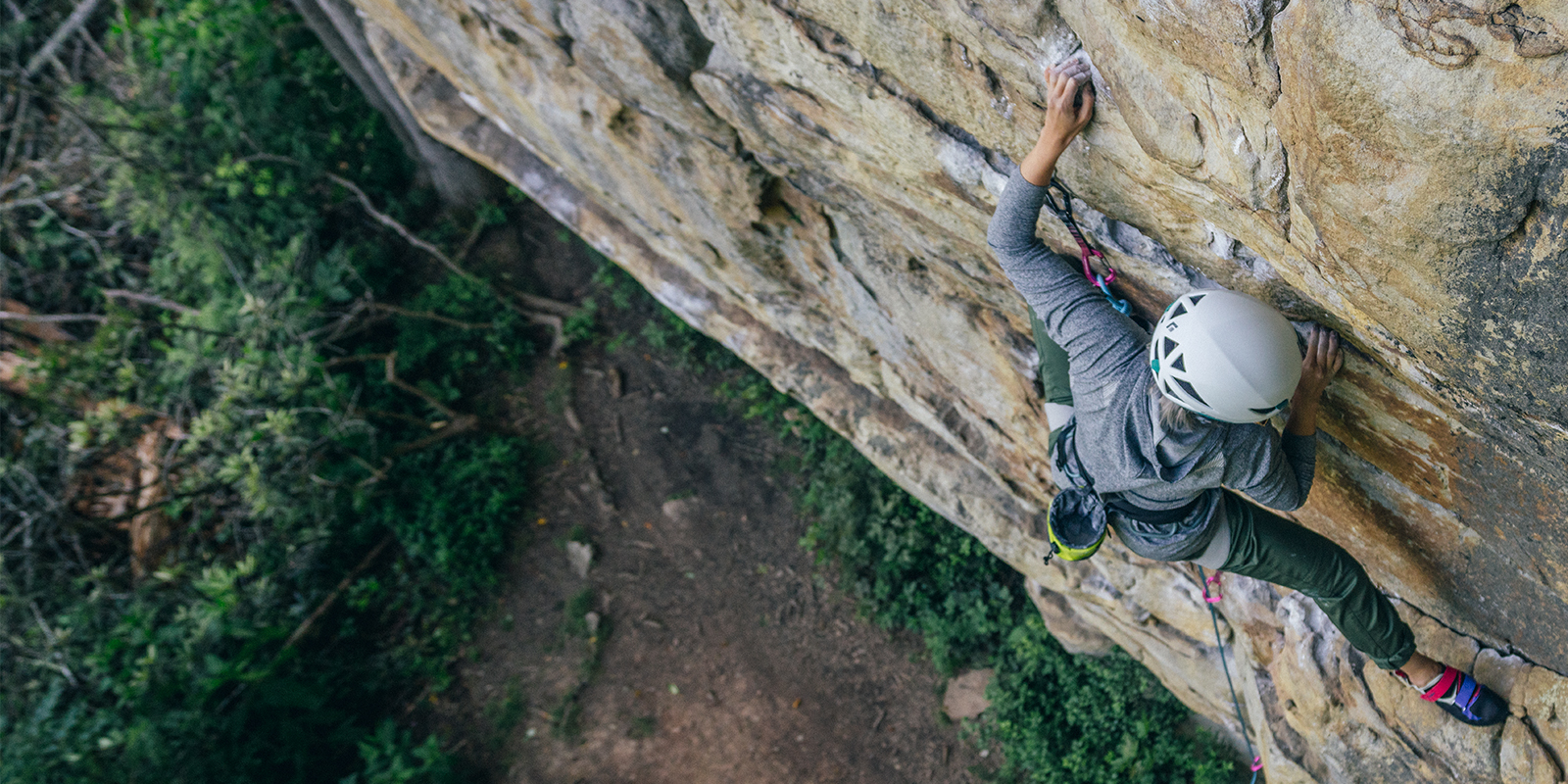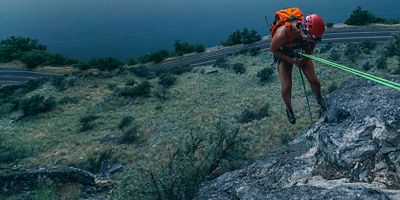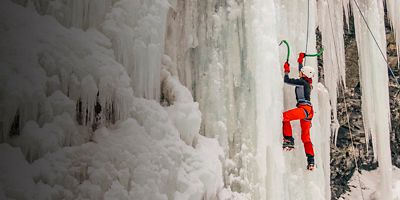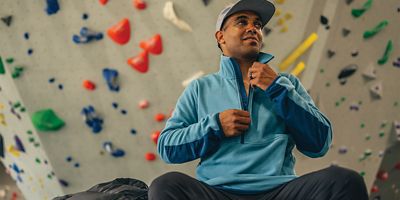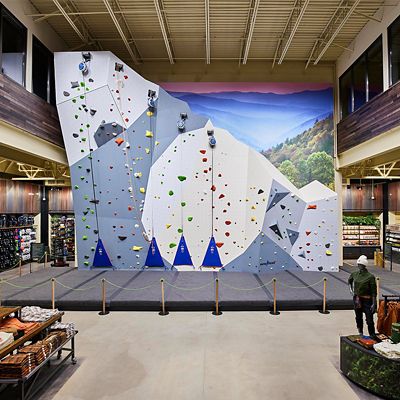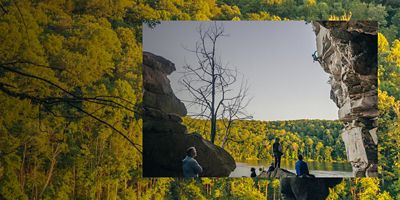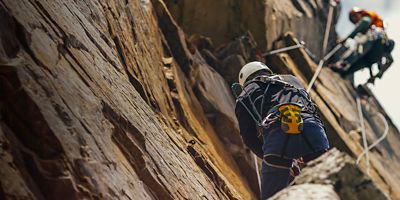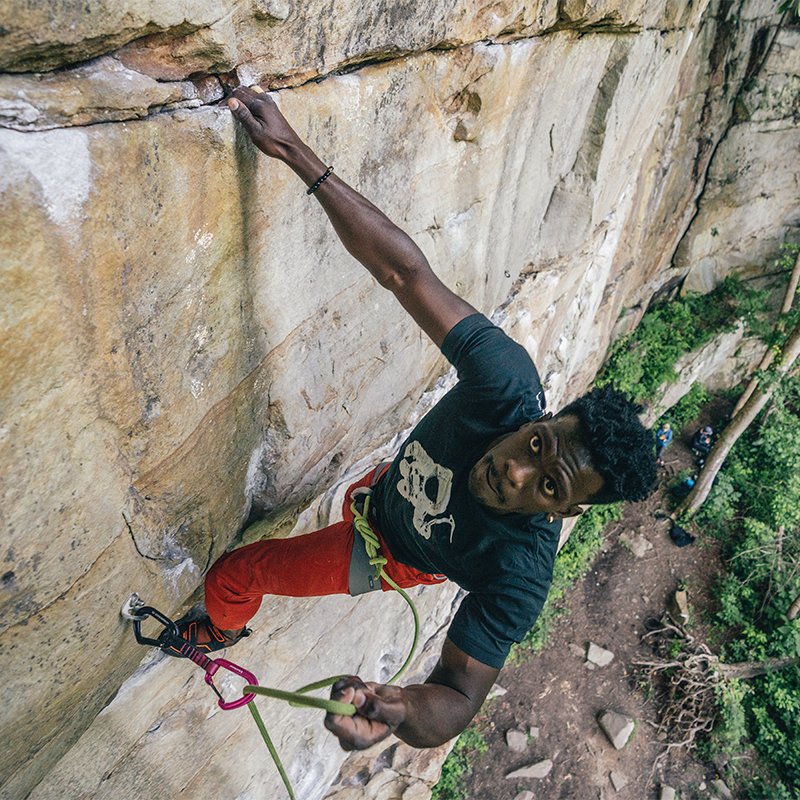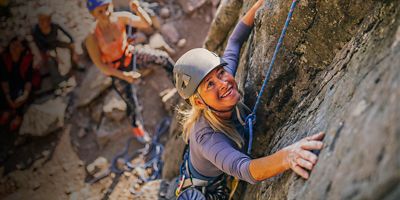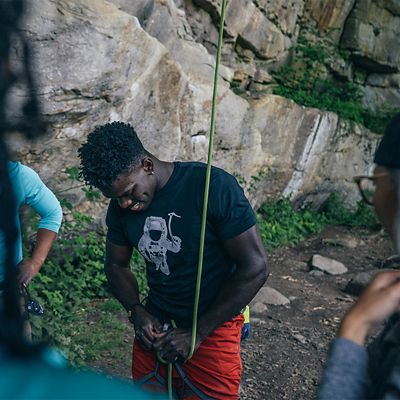Climbing chalk is like fairy dust. Sprinkle a little on your hands, slap them together, and suddenly you’re high off the ground, floating from hold to hold with a light touch and a secure grip. The secret lies in a not-so-secret ingredient: magnesium carbonate, which absorbs moisture (goodbye, sweaty hands) and acts as an abrasive agent. That combination adds bonus friction to provide a better grip on rock climbing holds.
All the best climbing chalk is made of magnesium carbonate. However, variations in texture, format, and additives like drying agents can produce different results from one brand of climbing chalk to the next. Full disclosure: When you’re starting out, these differences likely won’t be noticeable. But if you’re doing a lot of outdoor bouldering or other types of climbing that involve small or slippery holds, you’ll begin to realize what a difference high-quality climbing chalk makes.
In this guide, we’ll go over some tips on how to buy climbing chalk, plus a few considerations for using it responsibly. By the end of this article, you’ll understand these topics:
- Types of Climbing Chalk
- Common Climbing Chalk Additives
- Climbing Chalk Quality vs. Price
- Local Chalk Ethics and Leave No Trace
Types of Climbing Chalk
The best climbing chalk for you depends almost entirely on your preferences. Chalk comes in a few different formats. Here are the most common:
Liquid Climbing Chalk
Liquid chalk is a favorite among competition climbers. It also became popular during the COVID-19 pandemic because a liquid chalk with 80% ethanol effectively works as hand sanitizer. But the biggest benefit of liquid chalk is that it allows the climber to achieve a smooth, even coating of chalk over their hands before drying in place.
Liquid chalk tends to last longer on the skin than powdered chalk, and because it’s contained in a bottle, it’s hard to accidentally spill. The drawbacks: It’s more expensive than dry chalk, and it can dry out your skin over time. And if you’re familiar with the sad, sinking feeling that comes with finding your favorite magic marker left uncapped overnight, beware: Liquid chalk can dry up if you don’t close the container tightly between uses.
Climbing Chalk Ball
A climbing chalk ball, or chalk sock, is a small mesh sack filled with loose chalk and cinched tight. They’re designed to be kept inside a chalk bag. Chalk balls are refillable and easy to grab mid-route for an even coating over the fingers and palms. Chalk balls keep chalk contained, they limit spills, and are also useful for dabbing damp holds to absorb moisture on outdoor routes.
Chalk Block
Buying a chalk block, or a brick of compressed climbing chalk, allows more customization—by starting from scratch, you can crush the chalk to your desired consistency. Blocks are also more compact than loose climbing chalk, so they’re easier to store and ship.
Loose Climbing Chalk
Many climbers keep a bag of loose chalk on hand either to directly refill their chalk bag or the chalk ball within. Like salsa, chalk comes in a variety of consistencies, from chunky to ultra-smooth. Some climbers love the even coating that a fine powder can provide, and others like having a mix of powder and compressed-chalk pebbles—it’s totally a matter of preference.



